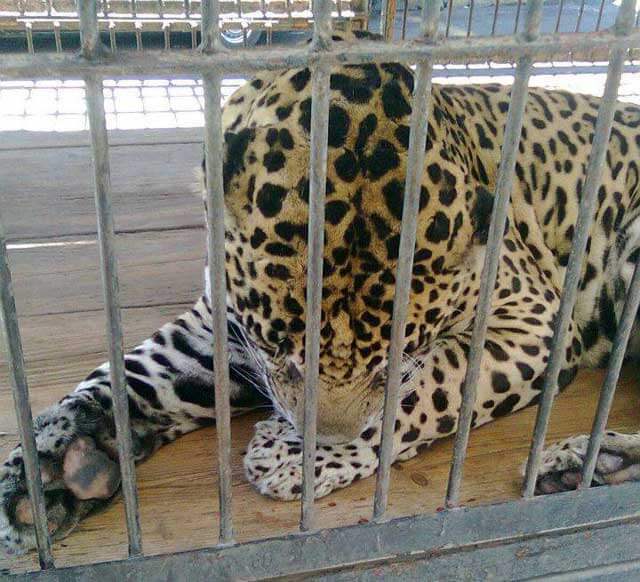SpaceX Space Debris: Understanding the Environmental Impact on Earth
Falling SpaceX Debris: Hazards, Environmental Concerns, and Solutions
Reading time: 1 minute, Discovery Chepe Id-768-TEC
Published on 06-23-2025

In recent years, SpaceX has transformed the global space industry with its ambitious launches and reusable rockets. However, this progress comes with a heavy cost, the accumulation of space debris that is now affecting our planet's ecosystems. What once orbited harmlessly above our heads is now re-entering Earth's atmosphere, leaving behind environmental and social concerns.
What is Space Junk?
Space junk, or orbital debris, refers to defunct satellites, spent rocket stages, and fragments from disintegration or collisions in space. Many of these originate from missions by companies like SpaceX. As these objects degrade, some re-enter Earth's atmosphere uncontrollably, risking damage and pollution.
Environmental Impact:
1- Pollution on Land and Sea: Debris from SpaceX missions has already been found on farms in Australia, beaches in the Philippines, and remote islands in the South Pacific. These fragments, made of metal alloys and composite materials, can be toxic or non-biodegradable.
2- Threat to Wildlife: Falling space junk poses a hazard to animals. Birds, sea turtles, and marine mammals have been observed interacting with or ingesting debris that fell from the sky, mistaking it for food.
3- Risk of Fires: In certain cases, when remnants crash on dry land, they can ignite wildfires. Several incidents in the U.S. and Brazil have raised alarms, prompting emergency responses.
Communities at Risk:
Rural and coastal regions, especially in the Global South, are the most exposed to falling debris. In 2022, a SpaceX Dragon capsule component crashed near a farm in Indonesia, damaging property. No injuries were reported, but the event highlighted the unpredictability of re-entries.

Starlink's Space Junk Problem: A Growing Threat to Our Planet
Why SpaceX is Being Criticized:
a) Lack of Transparency: Environmental groups argue that SpaceX often fails to notify local governments when debris might land near populated areas.
b) Insufficient Cleanup: While the company innovates rapidly in launch technology, it does little to retrieve or neutralize junk after missions.
c) Frequent Launches: With hundreds of satellites deployed as part of the Starlink program, the risk of accidental debris re-entry has grown exponentially.
What Scientists Are Saying:
Experts from organizations like the European Space Agency and NASA's Orbital Debris Program warn that Earth's upper atmosphere is now a floating landfill. The more satellites and rockets we launch without proper disposal plans, the more dangerous it becomes for the planet and future missions.

Solutions and Accountability:
1- International Regulation: Global space agencies are pushing for stricter rules on space debris. Some advocate that companies like SpaceX should pay for every piece of junk they leave behind.
2- Eco-Design of Satellites: Engineers are now exploring biodegradable materials and self-destruct systems that burn up completely on re-entry.
3- Space Junk Tracking: Startups and research institutions are developing radar systems and satellites that can monitor, predict, and even redirect falling debris to safer zones.
While SpaceX represents the forefront of modern space exploration, its ecological footprint can no longer be ignored. Space junk is not just an issue for astronauts it's a growing threat for farmers, fishermen, animals, and all of us on Earth. It's time for governments, corporations, and citizens to demand accountability and innovation that respects both space and our home planet.
Success is uncertain, but entertainment is guaranteed! ?
— Elon Musk (@elonmusk) January 16, 2025
pic.twitter.com/nn3PiP8XwG
? I was in #Matamoros #Mexico, filming for broadcast as SpaceX debris litters the beach threatening sea life, especially 10,000 turtles set to be released. ?? CONIBIO GLOBAL, A.C. urges ?? & ?? to act before more harm is done.#SpaceXDebris #SaveTheTurtles #WildlifeThreat pic.twitter.com/3Ph9bXQaYN
— Victor Castillo (@victorcastillo) June 4, 2025
See Also
Discovery Chepe
Most read...















